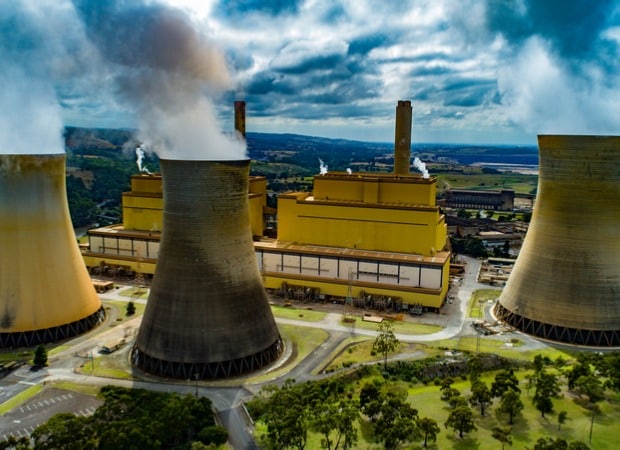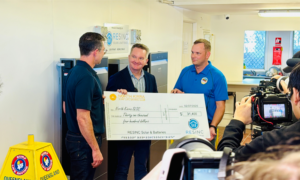Cheaper, cleaner and industry-building – three reasons why a renewable energy solution is the answer to Australia’s energy future. Then there’s the “baseload myth“.
The issues come from a report by the Institute for Energy Economics and Financial Analysis authored by Tim Buckley, director of Energy Finance Studies.
In ‘Why Renewables are the Solution for Australia’, Buckley also calls for “an outright ban on any new thermal coal mine development” in line with Australia’s Paris Climate commitments.
Compared with renewables, Buckley says coal, natural gas, petroleum, petrol, oil and shale are “a finite source of dirty, heavily subsidised energy with additional ‘externalities’ that are extreme and almost entirely uncosted”.
The baseload power myth explored
The report also tackles the question of baseload power, often raised by detractors of renewable energy generators.

Because coal-fired plants take a long time to start up, they need to keep producing electricity 24/7. ‘Baseload’ refers to the minimum load the plants need to keep running, any lower and running costs exceed returns.
But with wind, hydro and solar power increasingly contributing to the grid, there is less demand on coal. This means there’s no need to keep burning coal 24/7.
So when politicians argue that only coal provides baseload, that’s getting it backwards. In fact, coal-fired plants need baseload – not the other way round.
Renewable energy solution needs firming and peaking
The real issue is solar and wind do not keep producing electricity 24/7, they are “intermittent”. They need to store excess energy for use at night or when the wind dies down.
Then there are times when demand peaks, which calls for “peaking” power. At the moment this comes mainly from gas, but it could come from batteries.
In addition, a solar farm may enter into a firming agreement with a wind farm. As a result, during overcast but windy periods, the solar farm buys power to meet – or “firm” – its supply contracts.
Buckley says firming and peaking power will come from batteries, both large and home-based. Electric vehicles, pumped hydro storage and greater interstate grid connectivity will also play a role in the renewable energy solution.
“It will also come through technology innovations leveraging iPhone apps, smart meters and demand response management, and potentially gas peakers (such as AGL Energy’s 215 MW fast-start gas generators under construction at Barkers Inlet near Adelaide, South Australia).”
Fossil fuel ‘foreign ownership and tax havens’
Buckley has 30 years of financial market experience, including at Citigroup. He says foreign multinationals own the majority of fossil fuel projects in Australia. Because they use tax-haven based offshore marketing hubs, these pay no corporate tax in Australia.
“Examples include Jemena, whose parent company is jointly owned by State Grid Corporation of China and Singapore Power,” Buckley writes.
“Also, the well-publicised tax havens and/or inflated financial leverage at non-commercial rates of interest providing an unending stream of corporate tax deductions enjoyed by Chevron, Peabody and Glencore, with little or no corporate tax paid in Australia.”












































